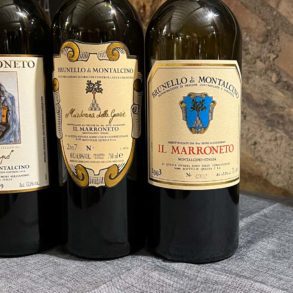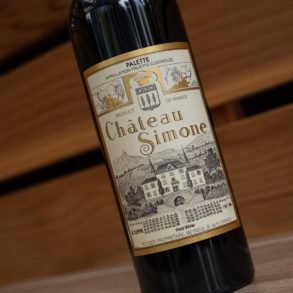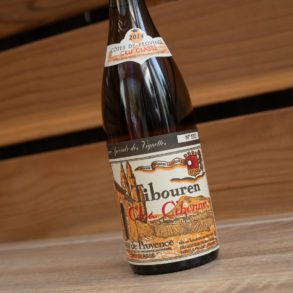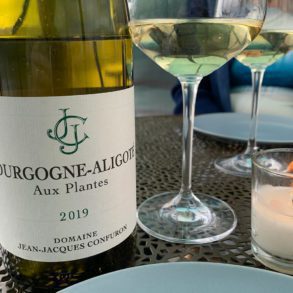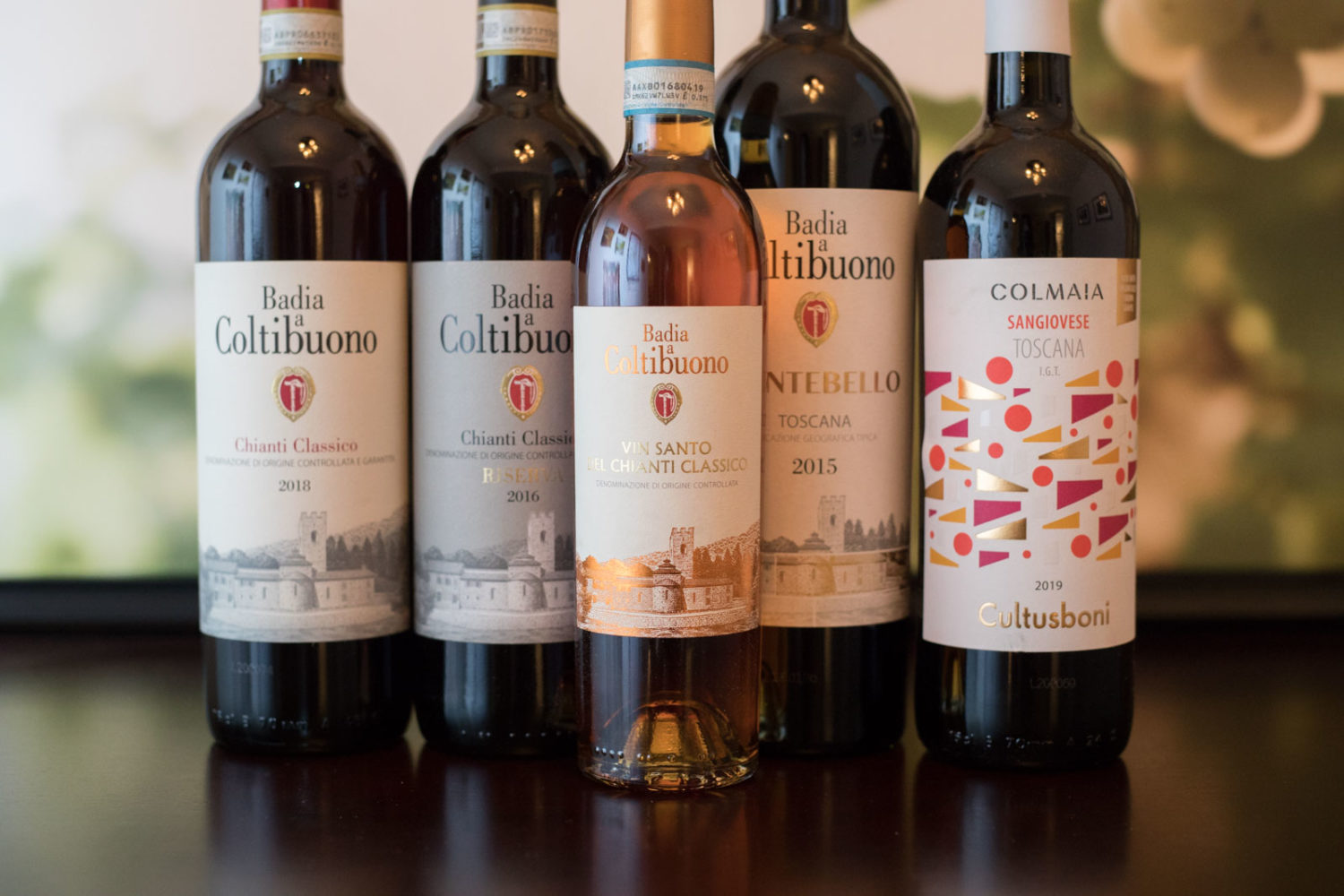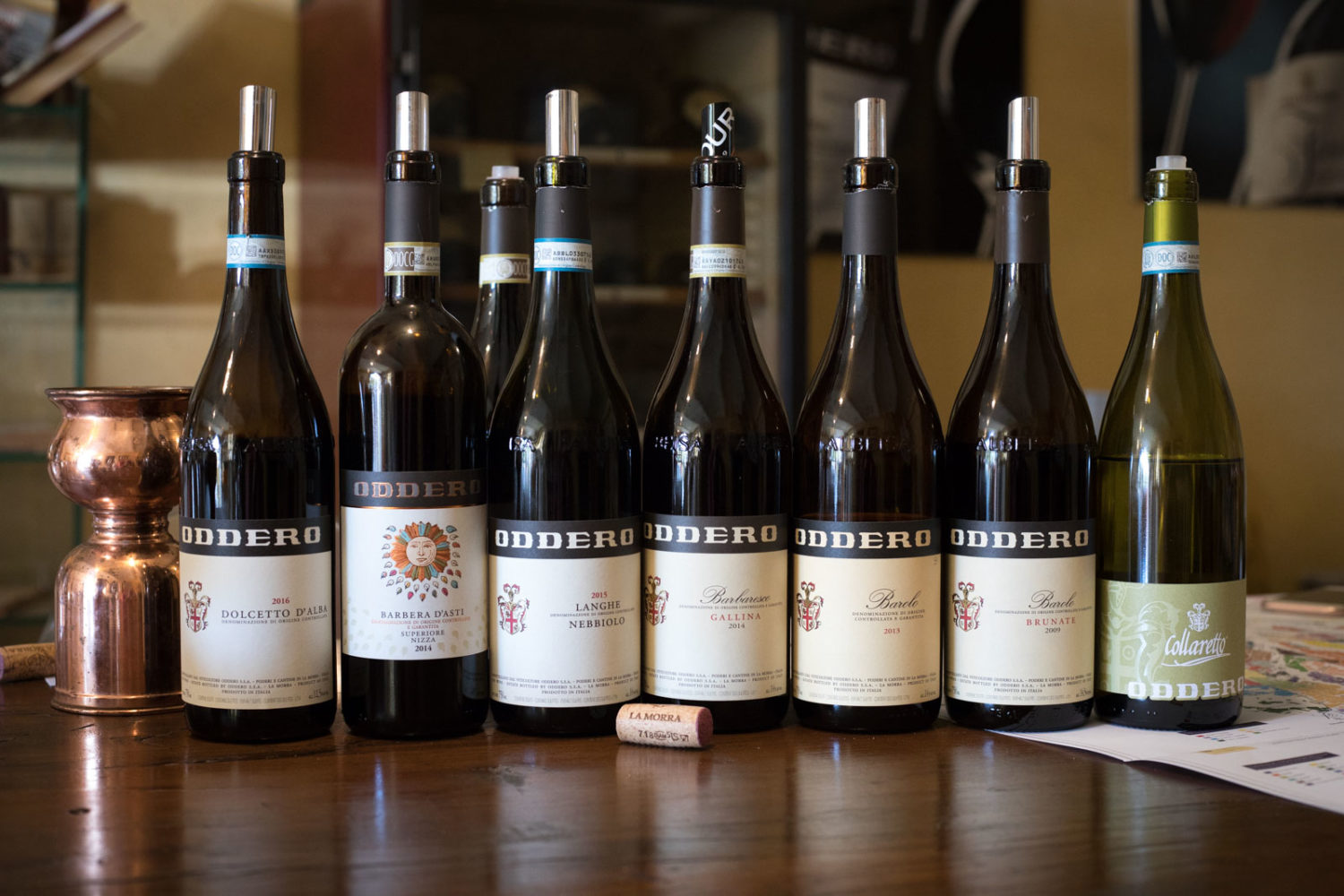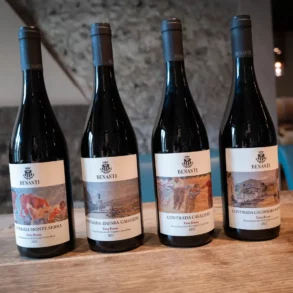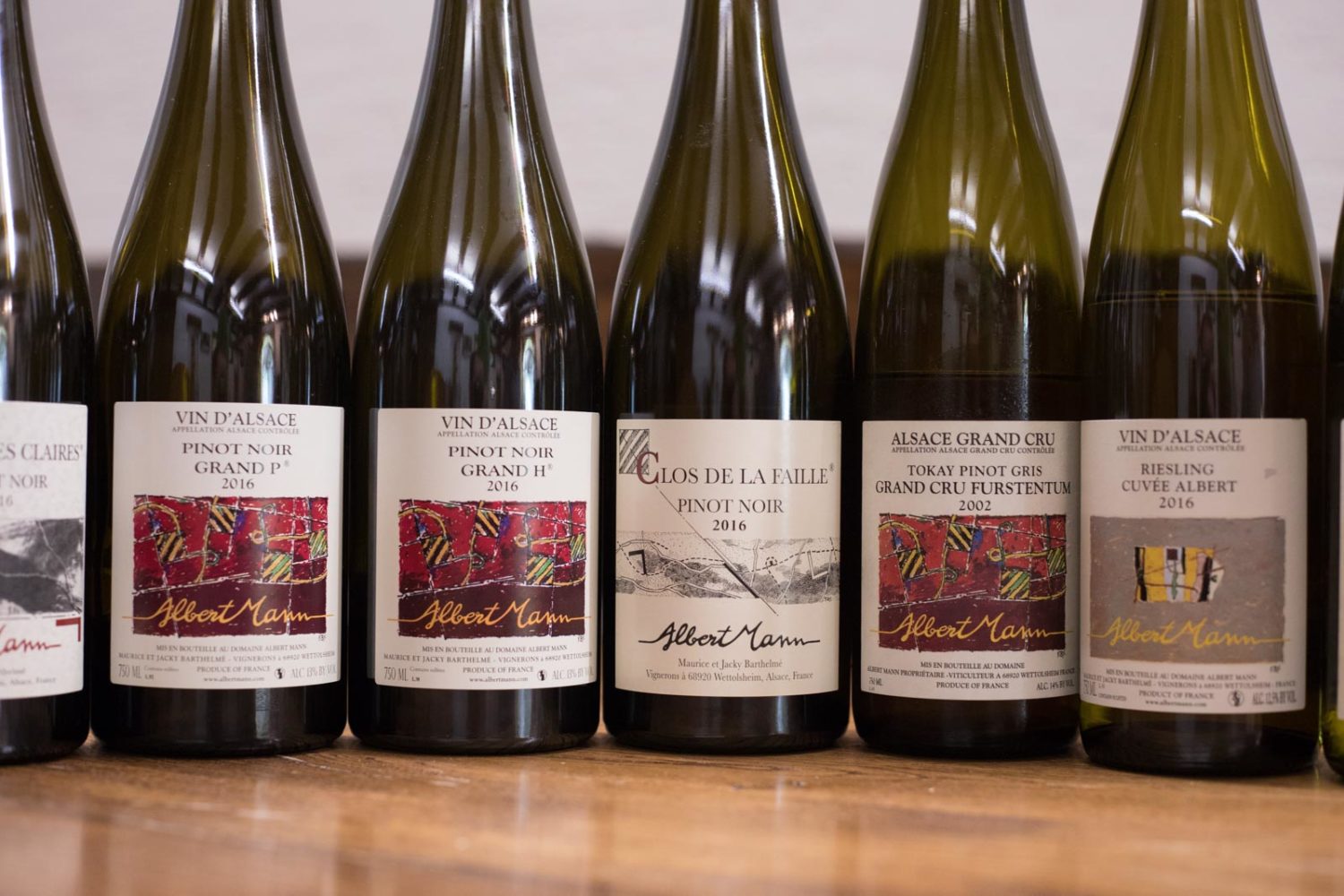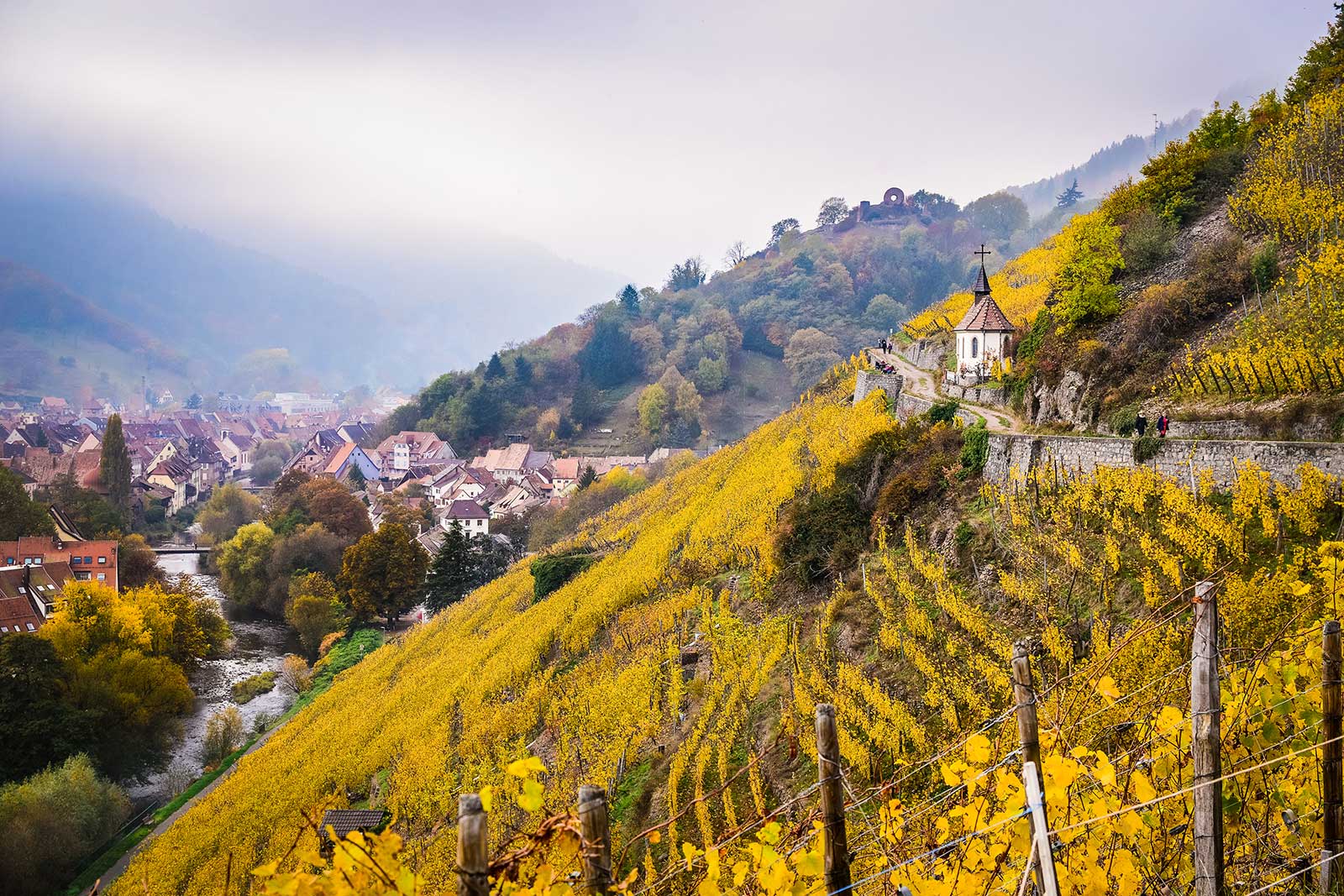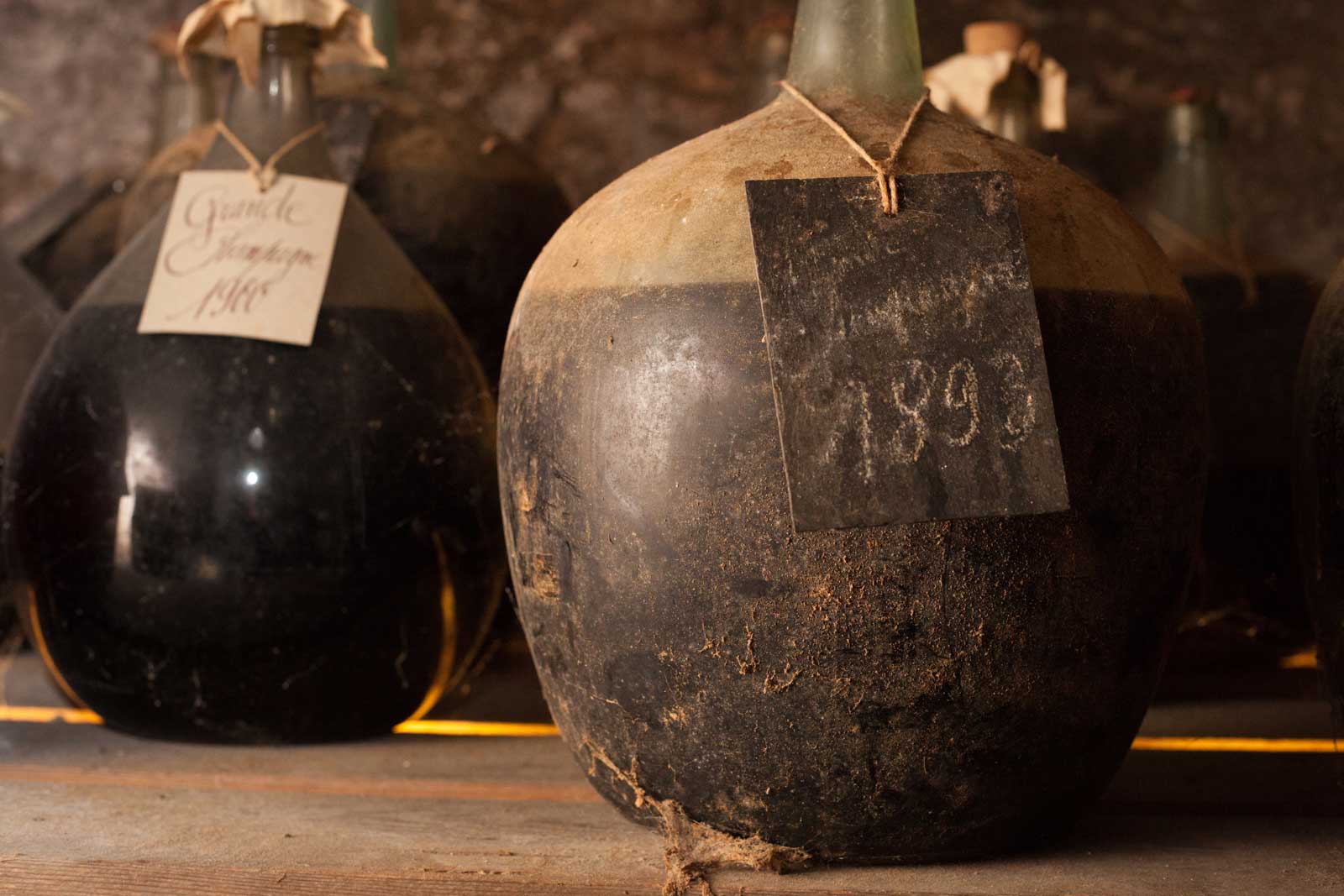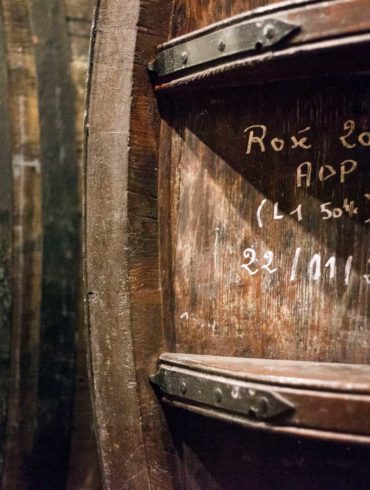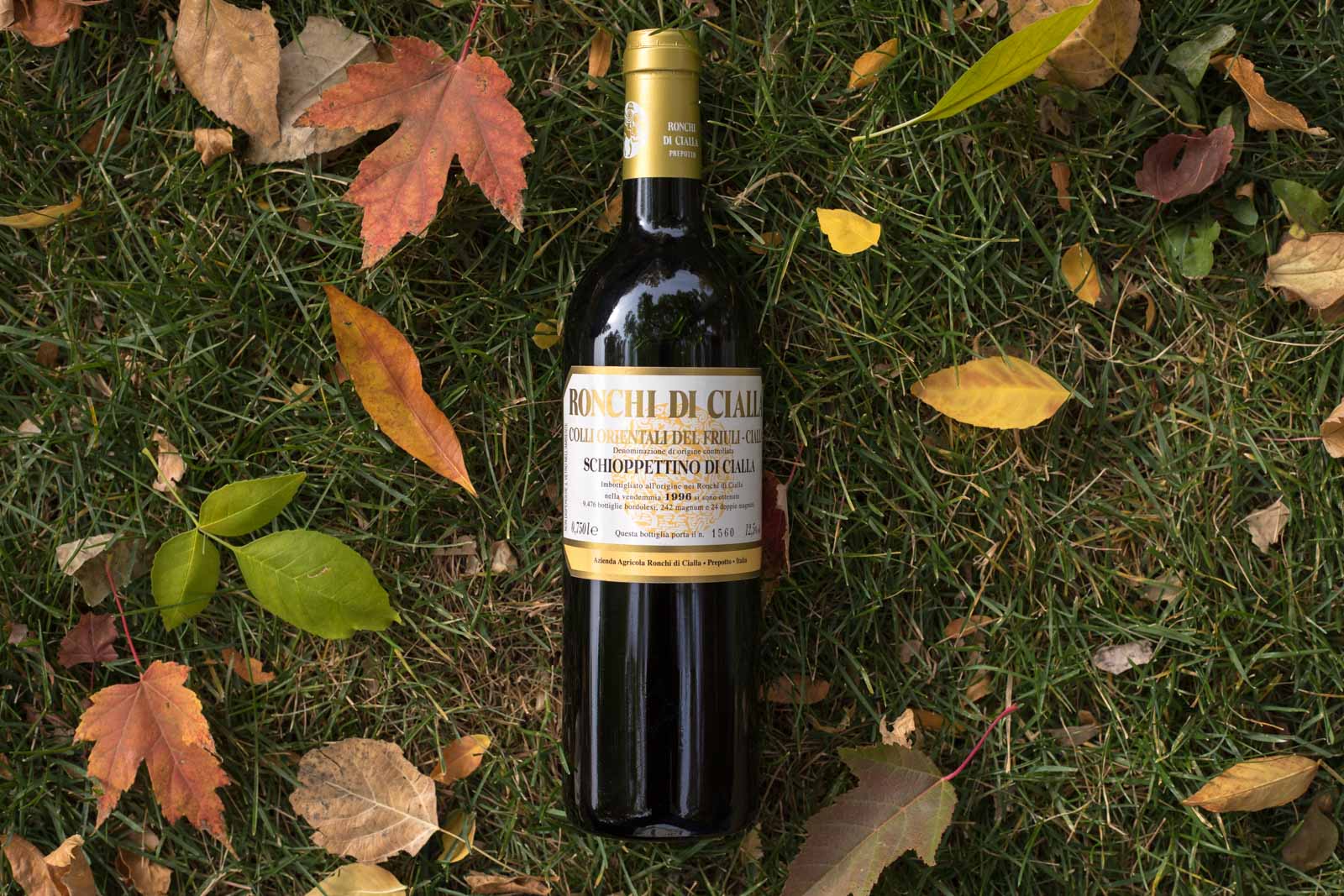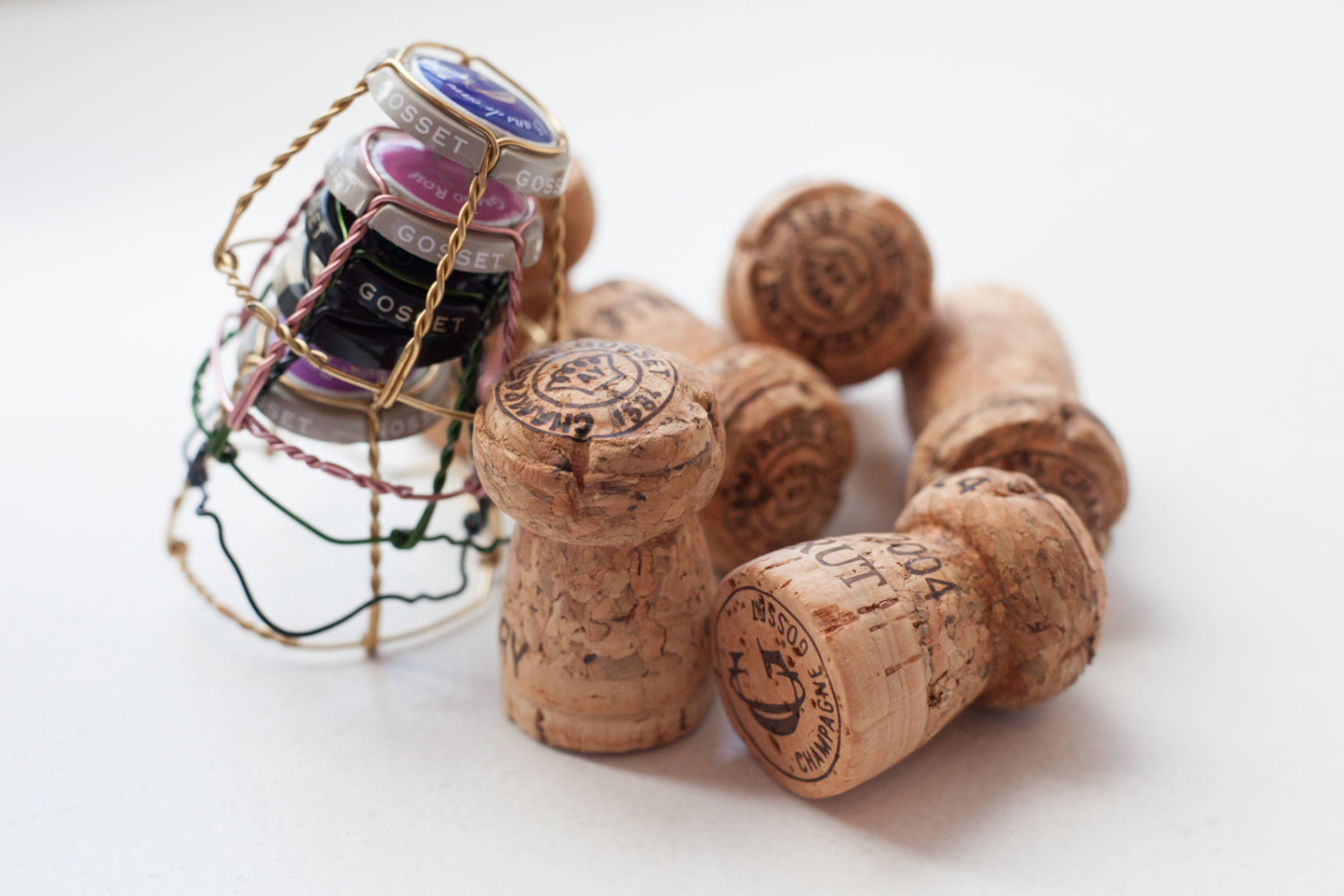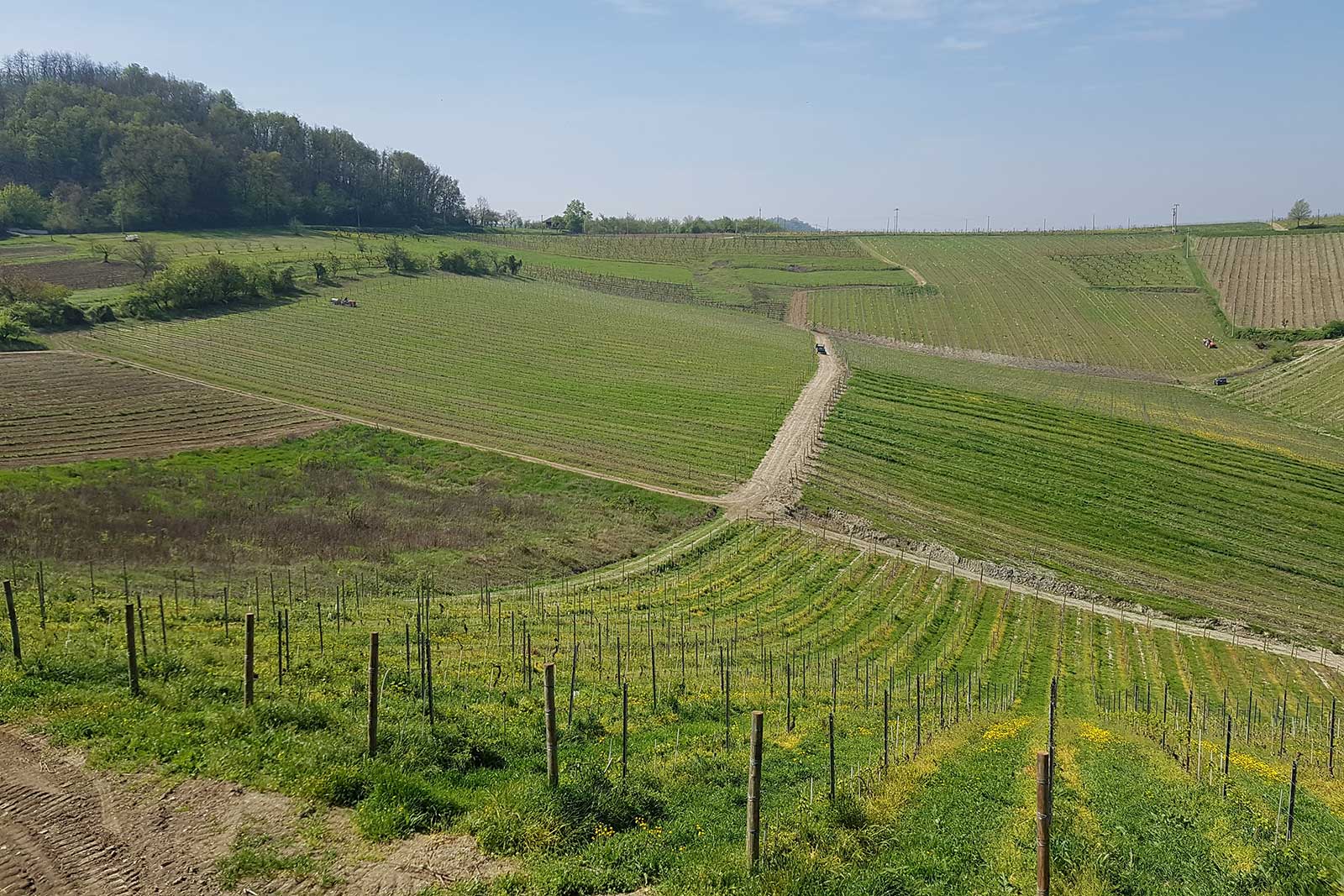Collectible & Age-Worthy Wines
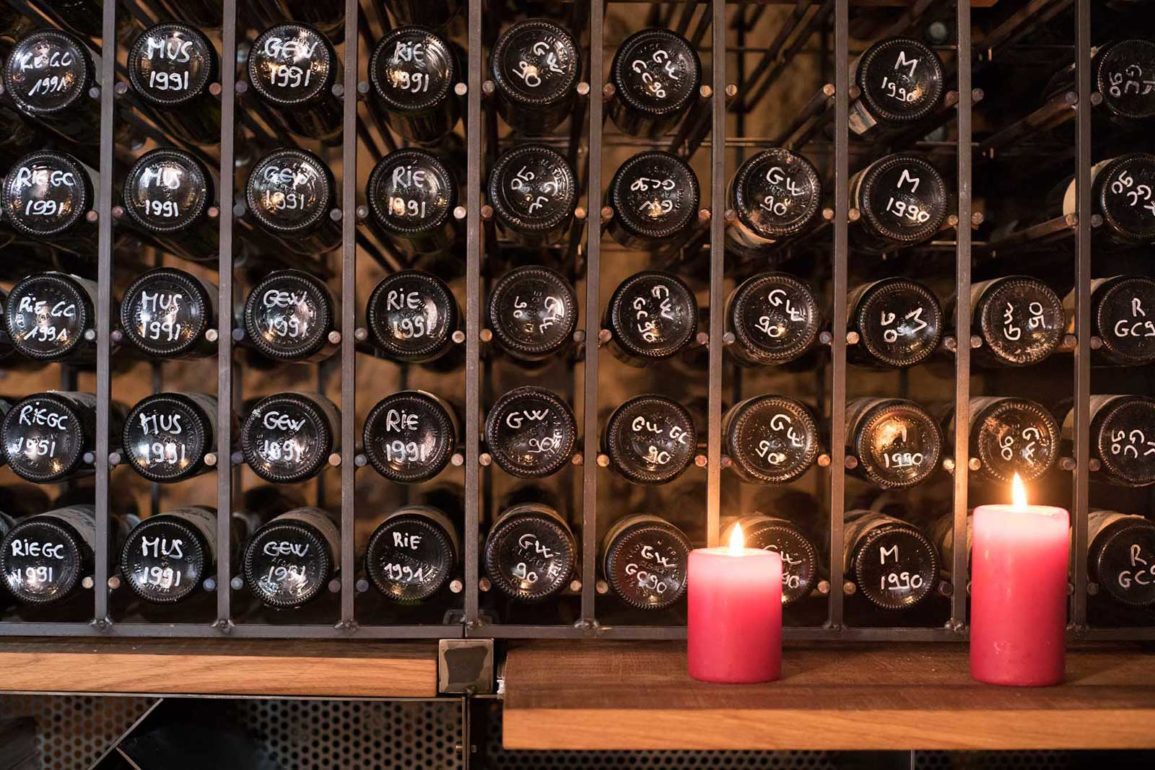 Age-worthy wines of Alsace ©Kevin Day/Opening a Bottle
Age-worthy wines of Alsace ©Kevin Day/Opening a BottleThis icon indicates what many people consider to be the true mark of greatness in wine — its ability to age and improve with many years. If only it were as simple as that (see below).
If you see this icon next to an individual wine, it means that we have a high-level of confidence it will age well for up to (or even beyond) the eight- to 10-year window. Why eight to 10 years? Well, from our experience, that's about as much patience as we have. Also, without perfect cellaring conditions, which — let's be honest, few of us have access to — that's about all you can safely count on even with epic wines.
If the icon is next to one of our Essential Winemakers, that means that a significant portion of their portfolio (let's say 25% or more) are contenders for aging and collecting.
Not into aging wines? We get it. But know this: these wines will also stay fresh for many days after the cork has been pulled. If you like to limit your alcohol intake and drag out a fine bottle of wine for a week, keep your eyes open for this icon.
Opening a Bottle Asks ...
Few people have described the beauty of aged wine to us better than Elisabetta Fagiuoli of the Tuscany estate Montenidoli.
Why Collectible and Age-Worthy Wines Matter
Once the wine bug has bitten you, older vintages begin to consume your thoughts. The prospect of tasting the fruits of the year you were born — or if you're really lucky, vintages such as 1945 when World War II ended — can lead you down a rabbit hole of wonderment.
What makes a wine age-worthy is a complex set of factors, and it can all go wrong if you don't have ideal storage conditions. Acidity is key. It gives a wine energy, and as it ages, it slowly diminishes. If the starting point is lower acidity, you have a shorter road. Tannins play an important role as well, contributing to structure. For this, we can refer to the three little pigs: a house made of bricks has a better chance of enduring than a house made of straw. Residual sugar and alcohol contribute as well, but there are enough exceptions whereby high-sugar and/or high-alcohol wines don't age, to keep that from being a hard and fast rule.
Speaking of exceptions: white wines. Long maligned for their inability to age, there are a few white wines that can perform exceedingly well after years of fastidiously lorded-over rest. Riesling from Germany and Chardonnay from Burgundy are two of the better-known examples, but there is increasing interest in laying down structured Italian white wines such as Timorasso, Fiano and Ribolla Gialla. I've found that the margin for error in storage is much slimmer with dry white wines, and as a result, I do not personally age any whites. But if offered the chance to purchase an older vintage straight from the winery, the calculus changes significantly.
Also, don't ignore the aging opportunities with traditional-method sparkling wines, especially champagne. To this day, one of the top 5 wines I've ever tasted was a 19-year-old vintage champagne of incredible complexity and life. Its bubbles had mellowed, but were so integrated into the fabric of the wine that every sip was compelling.
We frequently profile aged bottles of wine on this site, not as a means to encourage you to find that exact vintage, but rather because of what they tell us.

